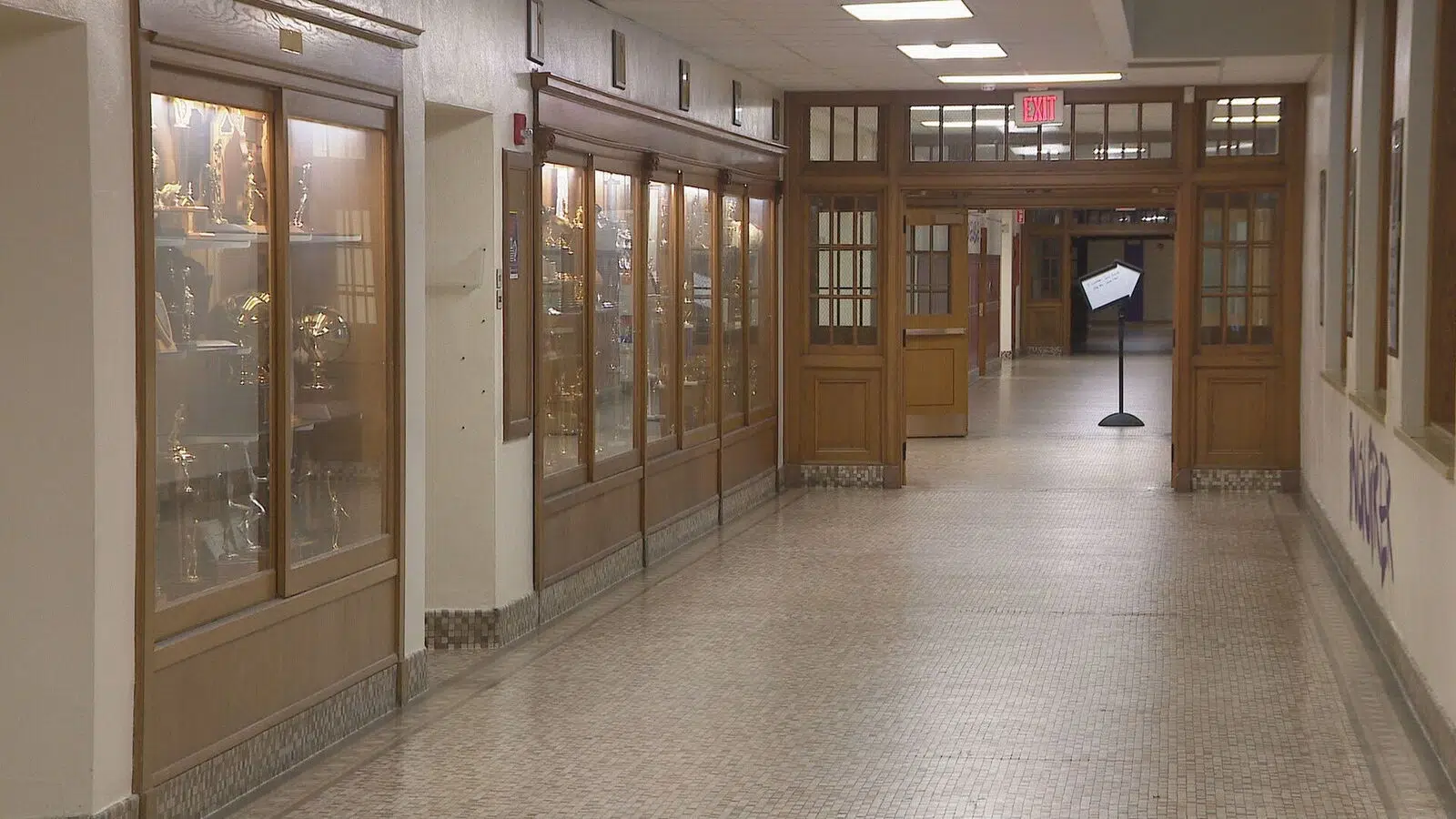GREEN BAY, WI (WTAQ-WLUK) — Local government and school district officials are just starting to put together their next budgets and it appears the two-year state budget Governor Tony Evers signed Wednesday will make things easier on the counties and municipalities compared to the schools.
Both Republicans and Democrats are using the word “generational” to describe the increase in state aid to local governments.
“We’re going from zero percent increases over the last nearly two decades to a major increase for us,” said Green Bay Mayor Eric Genrich.
On average, the increase is 20 percent, according to Gov. Evers.
For Green Bay, which received roughly $15 million from the state this year, it means about an additional $3 million dollars, according to Genrich.
“$3 million is a substantial sum of money and it’s also tied to the rate of growth in sales tax collection moving forward,” said Genrich.
Genrich says the city is just beginning to put together its budget, which the city council usually votes on in November. He says he doesn’t have anything specific in mind for what the additional money could go toward.
“What it enables us to do is combine making investments, in public safety in particular, also potentially some infrastructure investments, so we’ll see again how things come together with our budget,” said Genrich.
For school districts, the state budget raises revenue limits by $325 per student.
“It is a lot of money and it will help very much,” said Dan Rossmiller, the executive director of Wisconsin Association of School Boards.
Rossmiller says the increase would have needed to be closer to $400 per student to match inflation.
“That means schools are going to face continuing issues with making their budgets stretch further as inflation has eaten away at them,” said Rossmiller. “It means they’re going to face continuing problems in attracting and retaining teachers and staff, which is the biggest single cost for schools.”
School districts are still digesting potential impacts of the budget as factors like enrollment and property values impact that $325 per pupil number and how much money would actually come from the state versus property owners.
Rossmiller says most property owners likely won’t feel much of an impact from the $325 per pupil increase because money was put into the school levy property tax credit fund to help offset the increase.
Lori Blakeslee, the communications director for Green Bay, says it is unclear if the revenue limit increase will move the needle on the projected $20 million budget deficit the district faces after next school year.


